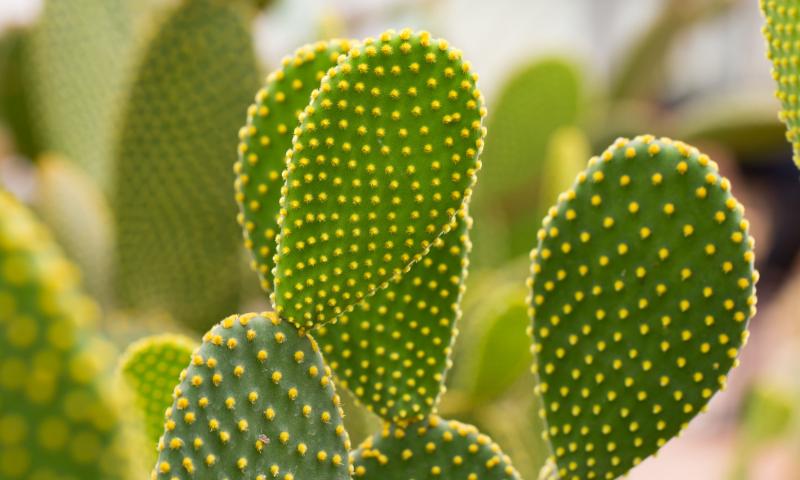 />
/>
Opuntia (from Latin Opuntia) is the largest class of the Cactus family. Most of its species consist of flat segments covered with tubercles (areolas) and thorns. The peculiarity of Opuntia in their ability is to develop shoots or flowers from any of the kidneys in their own manner that is in the most unexpected place. This cactus of flowers tied fruit, which is used for food, and the body of Opuntia can be fed to animals. Its extracts are also contained in personal care products. Opuntia fruit and stems have many beneficial properties.
There are many trace elements in Opuntia fruits and stems: potassium, calcium, magnesium, phosphorus, etc. Starch and glucose are synthesized from Opuntia. Vitamins are listed in descending order of their volume in the composition of Opuntia per 100 g:
Vitamin C (14 mg), also called ascorbic acid
Vitamin PP, more precisely betaine N-methylnicotinic acid (0.46 mg)
Vitamins B1 (0.014 mg)
B2 (0.06 mg). It nourishes the nails, skin and hair
B6 (0.06 mg)
Beta-carotene (0.026 mg)
Vitamin B9 (6 mcg) is known as folic acid
Vitamin A (2 mcg)
